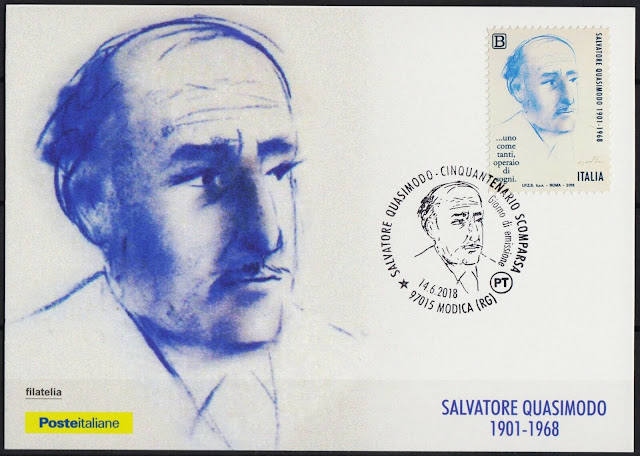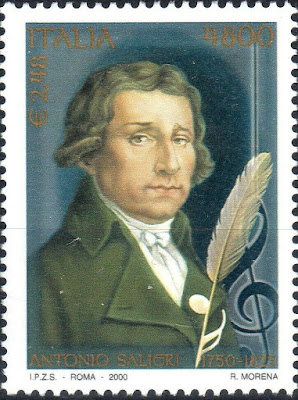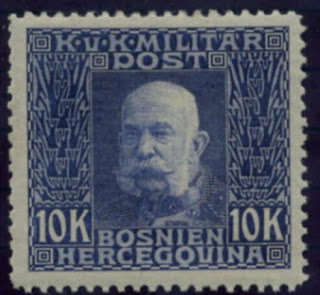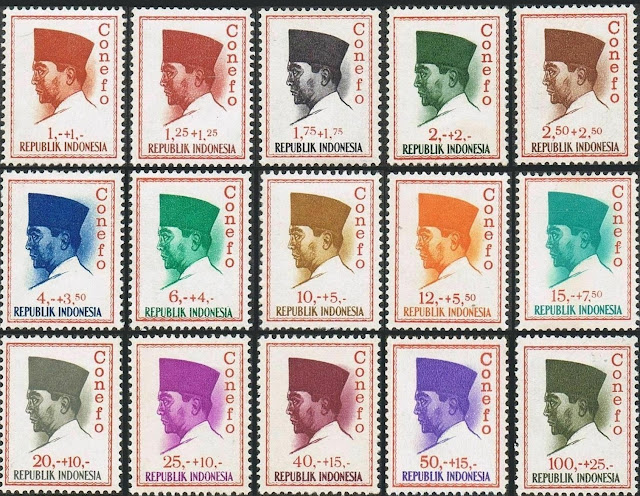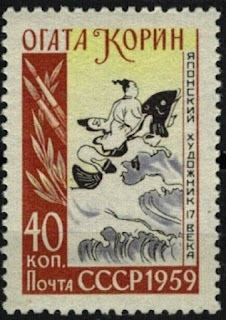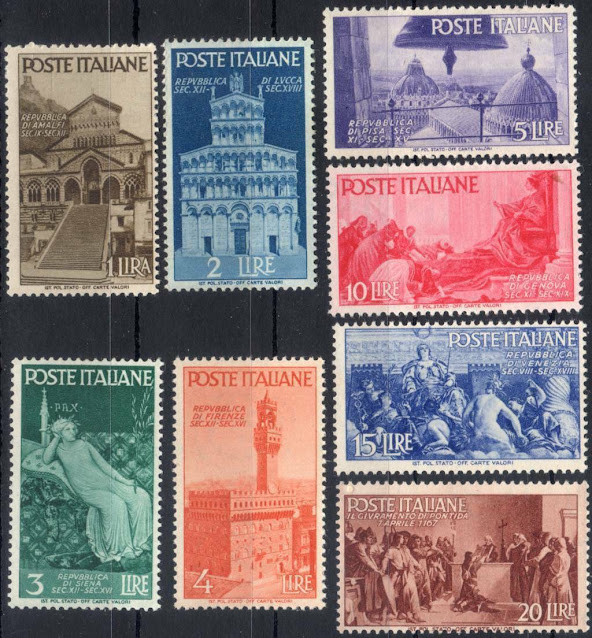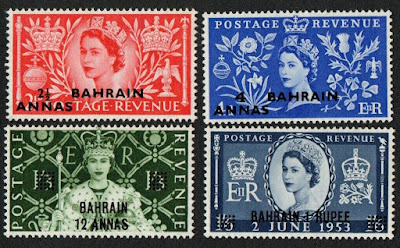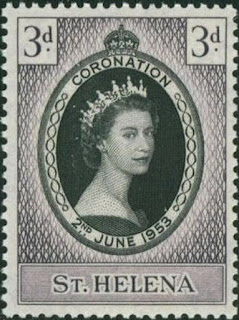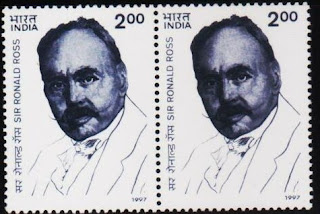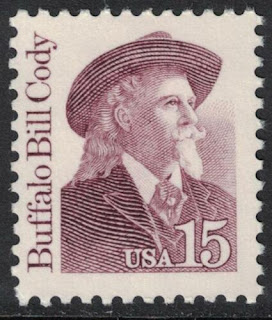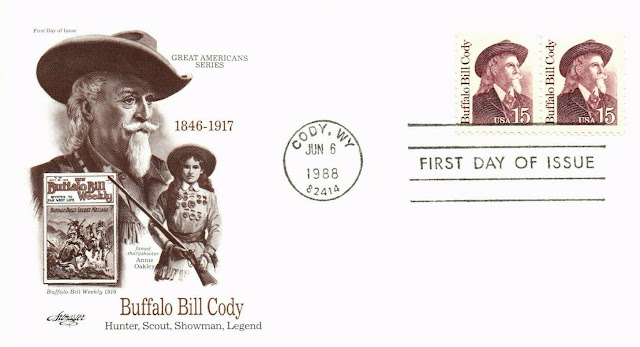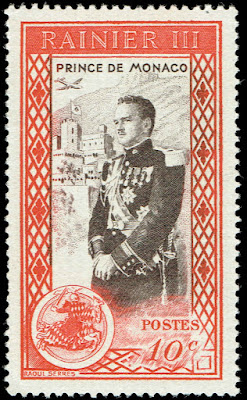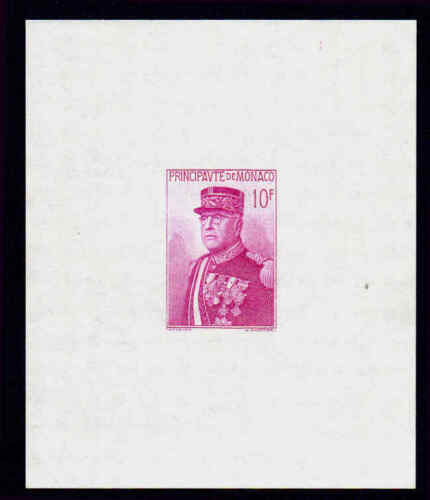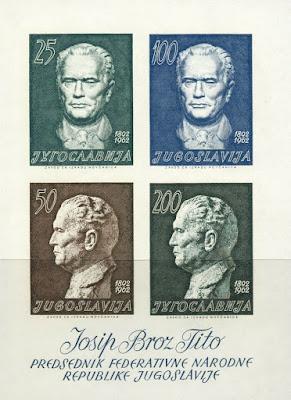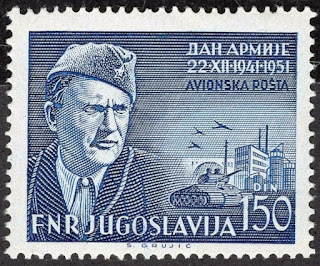Here are some events that happened on August 20th. It could be an event or a person that died or was born on that day
1901 Born: Salvatore Quasimodo, Italian novelist and poet, Nobel Prize laureate (d. 1968)
Salvatore Quasimodo (August 20, 1901 – June 14, 1968) was an Italian poet and translator.
In 1959 he won the Nobel Prize in Literature "for his lyrical poetry, which with classical fire expresses the tragic experience of life in our own times". Along with Giuseppe Ungaretti and Eugenio Montale, he is one of the foremost Italian poets of the 20th century.
Traditional literary critique divides Quasimodo's work into two major periods: the hermetic period until World War II and the post-hermetic era until his death. Although these periods are distinct, they are to be seen as a single poetical quest. This quest or exploration for a unique language took him through various stages and various modalities of expression.
As an intelligent and clever poet, Quasimodo used a hermetical, "closed" language to sketch recurring motifs like Sicily, religion and death. Subsequently, the translation of authors from Roman and Greek Antiquity enabled him to extend his linguistic toolkit. The disgust and sense of absurdity of World War II also had its impact on the poet's language. This bitterness, however, faded in his late writings, and was replaced by the mature voice of an old poet reflecting upon his world.
Italian stamps depicting Salvatore Quasimodo
1912 Died: William Booth, English preacher, co-founded The Salvation Army (b. 1829)
William Booth (10 April 1829 – 20 August 1912) was an English Methodist preacher who, along with his wife, Catherine, founded The Salvation Army and became its first General (1878–1912). The Christian movement with a quasi-military structure and government founded in 1865 has spread from London, England, to many parts of the world and is known for being one of the largest distributors of humanitarian aid. In 2002, Booth was named among the 100 Greatest Britons in a BBC poll.
Having been founded as the East London Christian Mission in 1865, the name The Salvation Army developed from an incident in May 1878. William Booth was dictating a letter to his secretary George Scott Railton and said, "We are a volunteer army." Bramwell Booth heard his father and said, "Volunteer, I'm no volunteer, I'm a regular!" Railton was instructed to cross out the word "volunteer" and substitute the word "salvation". (The printer's proof copy of the Missions' report for 1878 declared "The Christian Mission Is A Volunteer Army", but the corrected proof read "The Christian Mission Is ... A Salvation Army") The Salvation Army was modelled after the military, with its own flag (or colours) and its own music, often with Christian words to popular and folkloric tunes sung in the pubs. Booth and the other soldiers in "God's Army" would wear the army's own uniform, 'putting on the armour,' for meetings and ministry work. He became the "General" and his other ministers were given appropriate ranks as "officers". Other members became "soldiers".
Though the early years were lean ones, with the need of money to help the needy an ever growing issue, Booth and The Salvation Army persevered. In the early 1880s, operations were extended to other countries, notably the United States, France, Switzerland, Sweden and others, including to most of the countries of the British Empire: Australia, Canada, India, Cape Colony, New Zealand, Jamaica, etc.
Often the beginnings in other countries occurred through "salvationist" activities by non-officers who had emigrated. With some initial success they would contact London to 'send officers.'
In other cases, like in Argentina, a non-salvationist told Booth that there were thousands of British people there who needed salvation. The four officers sent in 1890 found that those British were scattered all over the pampas. But the missionaries started ministry in the Spanish language and the work spread throughout the country – initially following the rail-road development, since the British in charge of building the rail-roads were usually sympathetic to the movement.
During his lifetime, William Booth established Army work in 58 countries and colonies, travelling extensively and holding, "salvation meetings."
Stamps from the US and Monaco depicting William and Catherine Booth or the Salvation Army
1915 Died: Paul Ehrlich, German physician and academic, Nobel Prize laureate (b. 1854)
Paul Ehrlich (14 March 1854 – 20 August 1915) was a Nobel prize-winning German physician and scientist who worked in the fields of hematology, immunology, and antimicrobial chemotherapy. He is credited with finding a cure for syphilis in 1909. He invented the precursor technique to Gram staining bacteria. The methods he developed for staining tissue made it possible to distinguish between different types of blood cells, which led to the capability to diagnose numerous blood diseases.
His laboratory discovered arsphenamine (Salvarsan), the first effective medicinal treatment for syphilis, thereby initiating and also naming the concept of chemotherapy. Ehrlich popularized the concept of a magic bullet. He also made a decisive contribution to the development of an antiserum to combat diphtheria and conceived a method for standardizing therapeutic serums.
In 1908, he received the Nobel Prize in Physiology or Medicine for his contributions to immunology. He was the founder and first director of what is now known as the Paul Ehrlich Institute.
German stamps depicting Paul Ehrlich and Emil von Behring
1917 Died: Adolf von Baeyer, German chemist and academic, Nobel Prize laureate (b. 1835)
Johann Friedrich Wilhelm Adolf von Baeyer (31 October 1835 – 20 August 1917) was a German chemist who synthesized indigo and developed a nomenclature for cyclic compounds (that was subsequently extended and adopted as part of the IUPAC organic nomenclature). He was ennobled in the Kingdom of Bavaria in 1885 and was the 1905 recipient of the Nobel Prize in Chemistry.
Baeyer charted his own path into science early on, performing experiments on plant nutrition at his paternal grandfather's Müggelsheim farm as a boy; back in the confines of Berlin, he took to the test tubes with chemical experimentation starting at the age of nine. Three years later, he synthesized a previously unknown chemical compound -double carbonate of copper and sodium. On his 13th birthday, he initiated his lifework, buying a chunk of indigo worth two Thalers for his first dye experiments.
When still a schoolboy, his chemistry teacher at the Friedrich Wilhelm Gymnasium appointed him as his assistant. After graduating from secondary school in 1853, he entered the Berlin University to study physics and mathematics. A stint in the Prussian army interrupted his study until 1856, when he returned to academia at the University of Heidelberg, intending to study chemistry under Robert Bunsen. After an argument with the renowned chemist, however, he changed his mentor to August Kekulé. He continued to collaborate with Kekule even after he returned to Berlin in 1858 for the completion of his doctorate on arsenic methyl chloride, or cacodylic chloride.
After completing his doctorate, he followed Kekulé to the University of Ghent, when Kekulé became professor there. He became a lecturer at the Berlin Gewerbeinstitut (Royal Trade Academy [de]) in 1860 and a Professor at the University of Strasbourg in 1871. In 1875, he succeeded Justus von Liebig as Chemistry Professor at the University of Munich.
Baeyer's chief achievements include the synthesis and description of the plant dye indigo, the discovery of the phthalein dyes, and the investigation of polyacetylenes, oxonium salts, nitroso compounds (1869) and uric acid derivatives (1860 and onwards) (including the discovery of barbituric acid (1864), the parent compound of the barbiturates). He was the first to propose the correct formula for indole in 1869, after publishing the first synthesis three years earlier. His contributions to theoretical chemistry include the 'strain' (Spannung) theory of triple bonds and strain theory in small carbon rings.
In 1871 he discovered the synthesis of phenolphthalein by condensation of phthalic anhydride with two equivalents of phenol under acidic conditions (hence the name). That same year he was the first to obtain synthetic fluorescein, a fluorophore pigment which is similar to naturally occurring pyoverdin that is synthesized by microorganisms (e.g., by some fluorescent strains of Pseudomonas). Baeyer named his finding "resorcinphthalein" as he had synthesized it from phthalic anhydride and resorcinol. The term fluorescein would not start to be used until 1878.
In 1872 he experimented with phenol and formaldehyde; the resinous product was a precursor for Leo Baekeland's later commercialization of Bakelite.
In 1881 the Royal Society of London awarded Baeyer the Davy Medal for his work with indigo. He was elected a Foreign Honorary Member of the American Academy of Arts and Sciences in 1884. In 1905 he was awarded the Nobel Prize in Chemistry "in recognition of his services in the advancement of organic chemistry and the chemical industry, through his work on organic dyes and hydroaromatic compounds", and he continued in full active work as one of the best-known teachers in the world of organic chemistry up to within a year of his death.
Stamp issued by Guinea Bissau depicting Adolf von Baeyer

